The word fairy has been derived from the Greek word: daimon, meaning spirit characterized by human-like appearances and possessing magical abilities.
However, they are not divinity ( gods or goddesses ) in the traditional sense, but neither are they plain mortals.
Perhaps the earliest form of fairies as nymphs, satyrs, and sileni, were traced back to Greek mythological entities. They existed as early as Homer’s Iliad and Odyssey and were regarded as river gods and gods of the underwater.
Here is the list of the Top 10 most famous fairies from history.
10. Pixie
Content
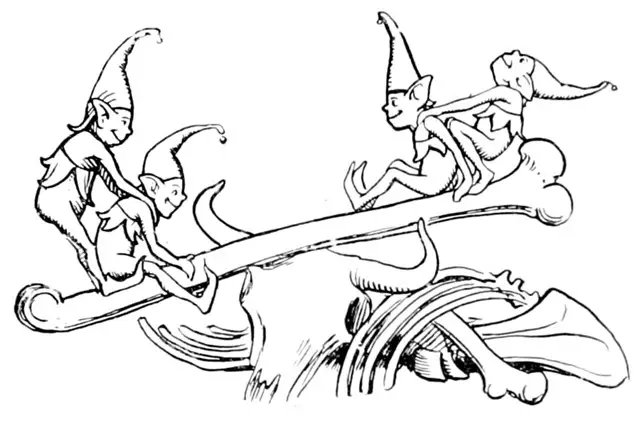
Pixies are little, cheerful beings who resemble fairies but lack wings. They are particularly numerous in Devon and Cornwall’s downs and moors, as first described by Anna Eliza Bray in the early 19th century.
Like spirits and other forms of English faeries, Pixies are mischievous but not evil beings of the natural world.
A wingless, pointy-eared fairy-like creature clad in green is their most usually depicted image. Pixies, generally characterized as mischievous beings, continue to feature in stories and films.
However, sightings have grown less regular because most people no longer believe in such entities.
9. Goblin
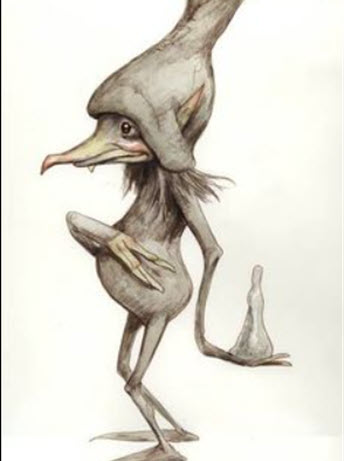
A goblin is a fairy creature that originated in the European tradition. The name “goblin” comes from the Greek word “Kobalos,” which means “rogue” or “evil spirit” in English.
The term “goblin” has long been used to describe any unattractive fairy who is either mischievous or wicked.
As a result, the name “goblin” refers to a wide range of monsters seen in various European traditions.
There is no singular version of a goblin, as there is with many other creatures. The phrase is more generic for tiny creatures that live in dark areas and cause mischief.
Although, in recent years, the term has grown increasingly focused on green creatures that live in caves and torment youngsters.
8. Brownies
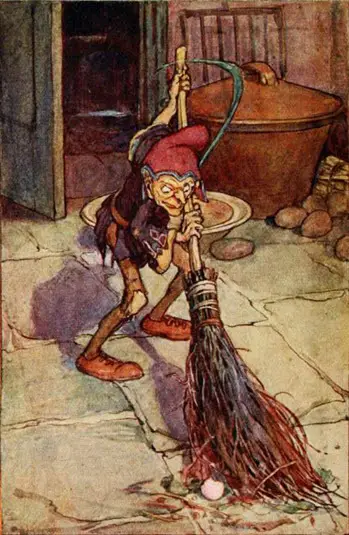
Brownies are legendary creatures thought to inhabit the British Isles and are little but always helpful.
They were dubbed “Brownies” because of their hue, which was claimed to be brown due to their continual exposure to various types of weather. And also because they had brown hair, which was unusual in the country where the “Brownie” lived since most people had red or black hair.
There are many various kinds of brownies, and some of them should never be offended.
Angry brownies can transform into boggarts, but brownie-clouds, who sling dirt at people, and Brown Men, who guard the animals on Cornwall’s Bodmin Moor.
7. Bean-Nighe
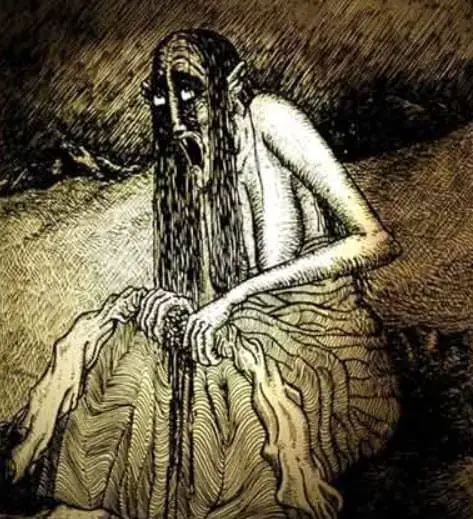
The bean-nighe, according to Scottish Gaelic legend, was a woman who died during childbirth.
She was characterized as a green-clad woman, but her webbed feet set her apart.
The female figure foreshadowed a death, although they were seen washing bloodstained clothes of individuals who would die in streams or lakes.
Many legends claim that Bean Nighe appeared before wars, massacres, or conflicts, washing the bloody clothes of those destined to die in the violence.
In today’s world, a Bean Nighe is sometimes mistaken for an Irish Banshee. However, this is technically incorrect because, despite their resemblance, they are two distinct animals.
6. Elf
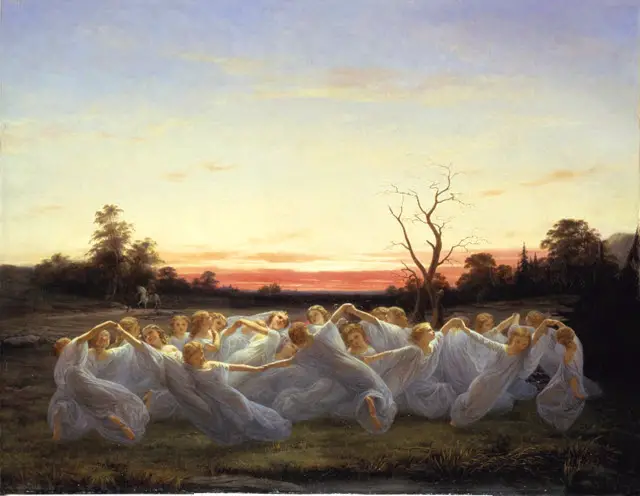
The elf, often known as the alf, belonged to a Teutonic origin. They were divided into two clans or tribes in Norse mythology: the light-elves and the dark-elves.
The light-elves ( good elves ), known as ljásálfar, lived in Alfheim and were ruled by the Vanir god Freyr.
On the other hand, the dark elves were known as dokkálfar, who lived in Nidavellir, and the black elves, svartálfar, who resided in Svartalfheim, were the other two groups of elves.
The elves were tiny and benevolent when delighted, so they would look after the house and undertake duties at night.
They can become malicious if angered, upsetting the family by shattering dishes, spilling milk, keeping the people awake at night with their noises, and chasing livestock away.
5. Pooka
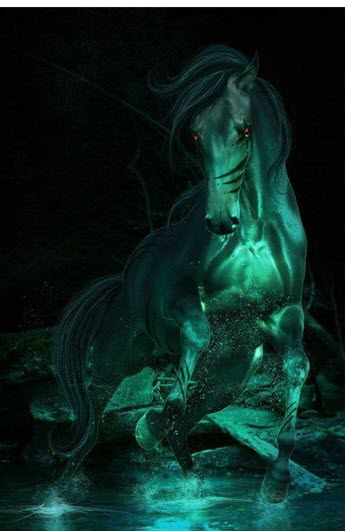
In Irish, the Pooka, or Puca (goblin), is a phantom fairy creature that appears in Irish folklore and fairytales. A similar fairy figure appears in the mythologies of Scotland, Wales, Cornwall, the Channel Islands, and Brittany.
Pooka is a shapeshifter who can transform into a horse, donkey, cat, dog, bull, young man, or even a voluptuous young woman.
Pooka is a jet-black mammal with fiery golden or red eyes. It’s been linked to the devil by some!
The Pooka has appeared in numerous literature and films in various ways. Harvey, the six-foot white rabbit from Mary Chase’s play, immortalized in film by Jimmy Stewart, is one of the most famous.
4. Korrigan
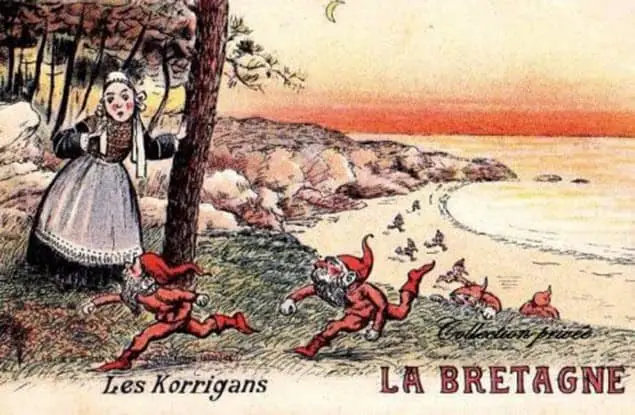
The korrigans, who lived in the woods, notably at Broceliande, frequently along a stream, spring, or fountain, are the most common female fairies in Breton folklore.
She was a fairy on the lookout for a mortal lover.
The korrigan appeared to be a Breton-style banshee. Initially, the korrigan was most likely a pagan druidess.
She was compared to the Welsh fairies of the lakes and streams, known as “gwragedd Annwn.”
She was the most plausible suspect in the abduction of mortal newborns in Breton tradition. She would raise the infant as if it were her own as a foster mother.
The korrigan has been compared to several mythological and legendary figures.
Ceridwen, the Welsh deity, is one of them (or Keridwen). She was the giant Tegid Foel’s wife and lived on Lake Tegid.
According to Arthurian mythology, two additional essential precursors of the korrigan live near a fountain or within the lake itself at Broceliande. The Countess or Lady of the Fountain and the Lady of the Lake are their names.
The Lady of the Fountain and the Lady of the Lake was initially supposed to be water goddesses.
These ladies are remarkably similar to the Korrigans due to their association with water places within the Broceliande woodland.
Korrigans have lovely hair and bright red eyes that flash. They can foresee the future, change shape, and move at breakneck speed.
3. Leprechaun
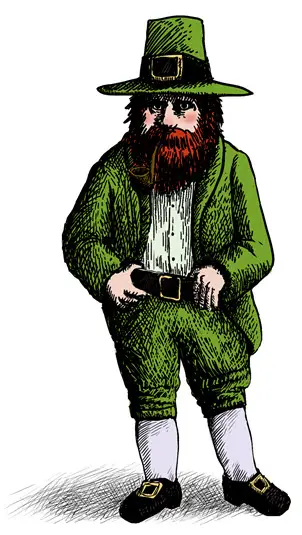
The leprechaun was one of the Irish legend’s most well-known male lone fairy figures.
The name Leprechaun was primarily derived from the Spanish term luchorpan meaning tiny body, which makes sense given that they are just 2-3 feet tall. The leprechaun lived in tiny tunnels and a hollow portions of tree trunks to be invisible to the humans.
They have much in common with cluricaune and far darrig, two other masculine lonely fairies. Like the other two fairies, Leprechaun is mischievous and infamous for pulling practical tricks on mortals.
The leprechaun was a small masculine figure with a wrinkled, aged appearance and was dressed in a simple style. He worked as a shoemaker and was only spotted constructing one shoe.
2. Changeling

In European tradition, a changeling is a malformed or imbecilic offspring of fairies or elves who are secretly substituted for a human infant.
According to folklore, the abducted human children are delivered to the devil or used to increase fairy stock. The original child’s return can be facilitated by making the changeling laugh or tormenting it; the latter belief has been linked to countless incidences of child abuse.
Changelings are thought to exist due to the belief that infants are vulnerable to demonic possession.
The fairies are supposed to prey on unbaptized children in the Medieval Chronicles, Ralph of Coggeshall, and other sources.
1. Banshee
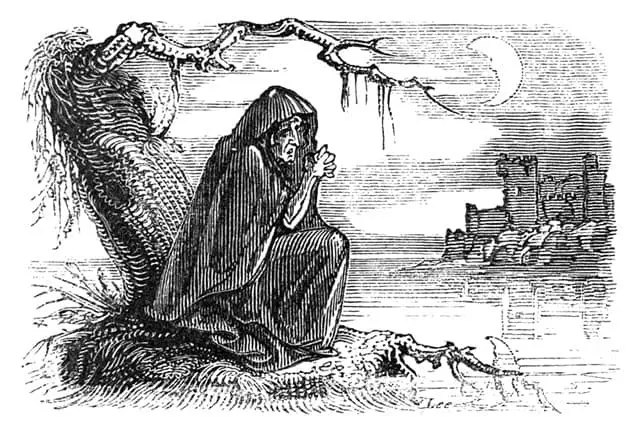
In Irish folklore, a Banshee is a fairy whose cry is a death prophecy.
The scream is also known as ‘caoine,’ meaning keening – a warning that a family member is about to die.
Banshee’s origins can be traced back to the 8th century when they were based on a ritual in which ladies sang a melancholy song to mourn the death of a loved one.
These women were referred to as ‘keeners,’ and because they accepted alcohol as payment, they were considered sinners who would be cursed to become Banshees.
According to Banshee folklore, if the Banshee is seen, she will dissolve into a cloud of mist, making a noise similar to that of a bird flapping its wings.
According to legend, Banshees do not bring death; instead, they act as a warning.
Conclusion:
Fairies come in various sizes and shapes, some of which are tiny and others hideous, some of which can fly, and all of which may appear and go at will.
To date, all the fairies believed to exist have superpowers and a unique ability that made them one of their kind.
We all, as a child, have grown up hearing stories about fairies, being allured by their enchanting beauty and imagining us being in their position and exercising all their superpowers. We have role-modeled many fairies.
